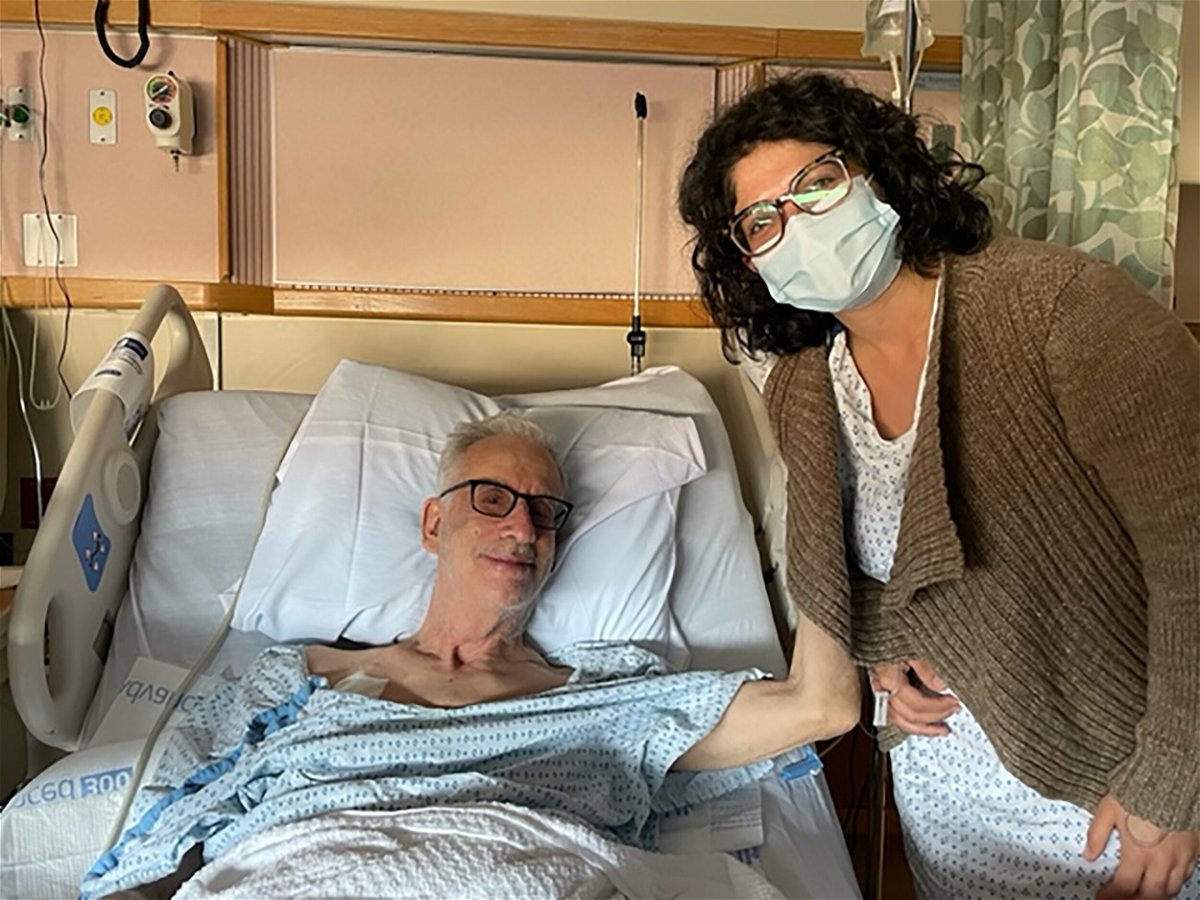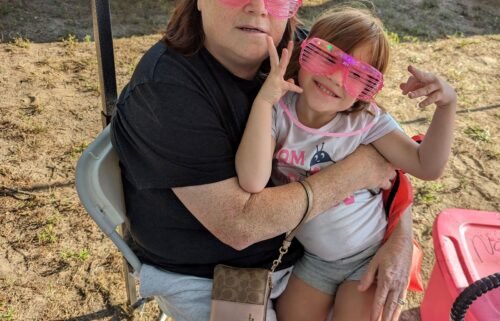Living organ donations save lives. This is how you become a donor

CNN's Samira Jafari saved the life of her colleague
By Madeline Holcombe, CNN
Samira Jafari is at home now resting from a surgery that saved a life — not her own, but her colleague’s.
The deputy managing editor of CNN’s investigations unit answered the request for employees to be tested to find a donor for Senior UN Correspondent Richard Roth, who needed a kidney transplant, and found that her blood and tissue was a match.
“It takes a special kind of person to keep another human being alive,” Roth said.
April is National Donate Life Month, and Roth is sharing his story to celebrate Jafari and bring attention to the people still waiting to find a lifesaving donor. That number is more than 100,000 people, according to the United Network for Organ Sharing.
Living donations may make some people more uneasy than the thought of donating after death, but donation organizations say they are a big part of their efforts. Here’s how you can become an organ donor.
Who can be a donor?
Living donations may be more common than you imagine.
Every year, nearly 6,000 living donations take place, making up nearly 40% of annual donations, according to the US Health Resources and Services Administration.
Those donations can come in many forms: organs, tissues, bone marrow and blood. Joining a donor registry does not necessarily mean that you will immediately become a donor. Doctors must look for the right match in blood and tissue for their patients, and joining allows them to see if you are the right fit.
Who can you help?
Donations often come from family members and close friends of the patient, but 70% of patients do not have a fully matched donor in their family, according to Be the Match.
In those cases, doctors often turn to registries to find a donor.
Living donors can give kidneys, a liver lobe, a lung, part of a lung, part of the pancreas or part of the intestines. You can also give skin, bone, bone marrow, blood and platelets, the HRSA said.
How safe is it?
To avoid emotional or physical harm, a transplant center doctor will ensure that living donors are in good health before donating. The HRSA advises that no one who has or has had diabetes, cancer, high blood pressure, kidney disease or heart disease become living donors.
Although health risks come with any major surgery, living donors often do well over the long term, the HRSA said.
How do you get started?
The Organ Procurement and Transplantation Network lists patients all over the US who are waiting for tissues and organs from someone with whom they are a good match.
There are many resources you can utilize to be added to a registry and potentially become at match for a patient in need.
In the US, there are 57 organ procurement organizations that share information on how to register as a donor and help facilitate the donation process.
You can also register with organizations like Be the Match for bone marrow and the American Red Cross for blood donations.
Registering with Be the Match is easy, according to the organization. All it takes is a few minutes to register online, getting a kit in the mail, swabbing the inside of your cheek and mailing back the sample in a prepaid envelope.
The United Network for Organ Sharing can also help you become a donor. To learn more, contact the network at 888-894-6361.
The-CNN-Wire
™ & © 2022 Cable News Network, Inc., a WarnerMedia Company. All rights reserved.



